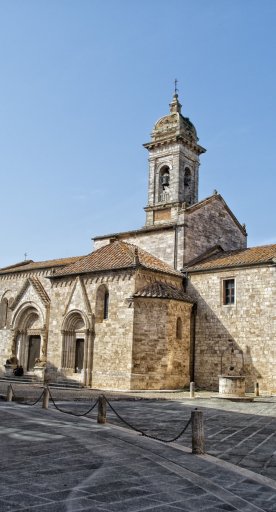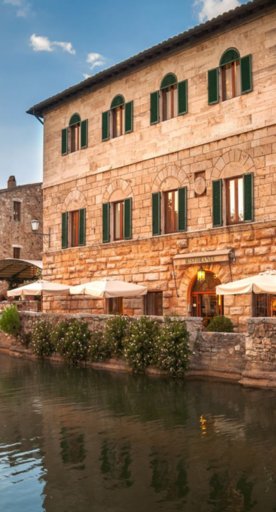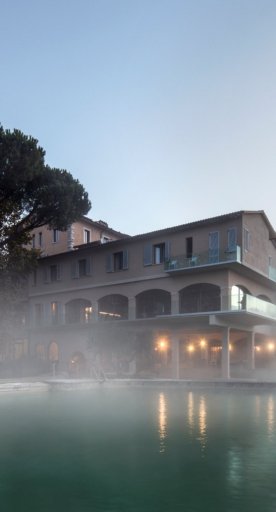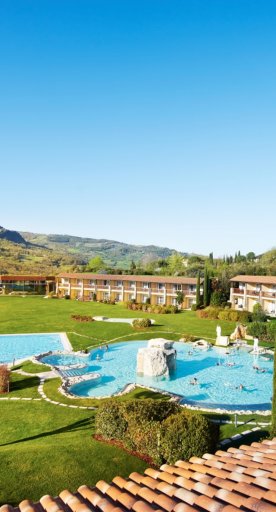Majolica in San Quirico d’Orcia
A Sienese ceramics museum in Palazzo Chigi
The permanent majolica exhibition in Palazzo Chigi in San Quirico d’Orcia brings together a valuable collection of ceramics made in the Siena area in the 18ᵗʰ century. On the second floor in the evocative rooms of the Allegories of Autumn and Summer, the exhibition is distinguished by the chronological homogeneity and stylistic consistency among the exhibits, almost all of which can be dated to the first half of the 18ᵗʰ century. The works come largely from the Fonte alla Vena pottery factory in San Quirico d’Orcia owned by the Chigi Zondadari family as well as from various artisan workshops in the city of Siena.
These ceramics tell stories of artisans of the past, of hands that worked with love and skill, passing down secrets and techniques from one generation to the next. Each piece is evidence of a cultural heritage that continues to prosper and evolve, enriching our contemporaneity with its authenticity.
Four dated examples, belonging to the main core of the collection, offer important chronological references useful in contextualizing the whole collection: a saucer dated 1714 and painted predominantly in auburn green to depict a bird among vegetation, a large plate dated 1727 in blue monochrome depicting a running hare, a polychrome plate dated 1730 bearing a bunch of flowers in the center, along with a two-handled pot dated 1747 with a polychrome floral decoration.




The collection includes a variety of morphological and functional examples, representative of everyday objects in different social contexts. Items for the tables of the most affluent families stand out in particular. Of these, crespine—a type of coupe used to hold fruit and embellish the table—constitute the most represented form, with as many as nineteen examples.
Most of these objects feature polychrome decorations, the figurative layout of which includes rural scenes, according to the taste of the time, with birds, hares or running dogs, but also putti (not to be confused with cherubs), rural farmhouses, bunches of flowers or the typical compass rose, usually circumscribed within a roundel or arranged in the center of the item.
Also part of the collection are three holy water fonts, one complete and two fragmented, frequently used in domestic settings. Two earthenware pots decorated in blue monochrome, once used to store medicines, testify to the use of majolica in pharmaceutical and hospital settings.
Concluding the exhibition are some objects presumably related to the activity of the well-known Roman painter Bartolomeo Terchi who, for nearly eight years, from January 1717 until late 1724, led the Fonte alla Vena pottery production, entrusted to him by the Chigi Zondadari family. In particular, these count an historiated small plate, two oval plates depicting characters from engravings by Giovanni Battista Galestruzzi (1615–1669) and three tiles with typical landscapes with wayfarers.








